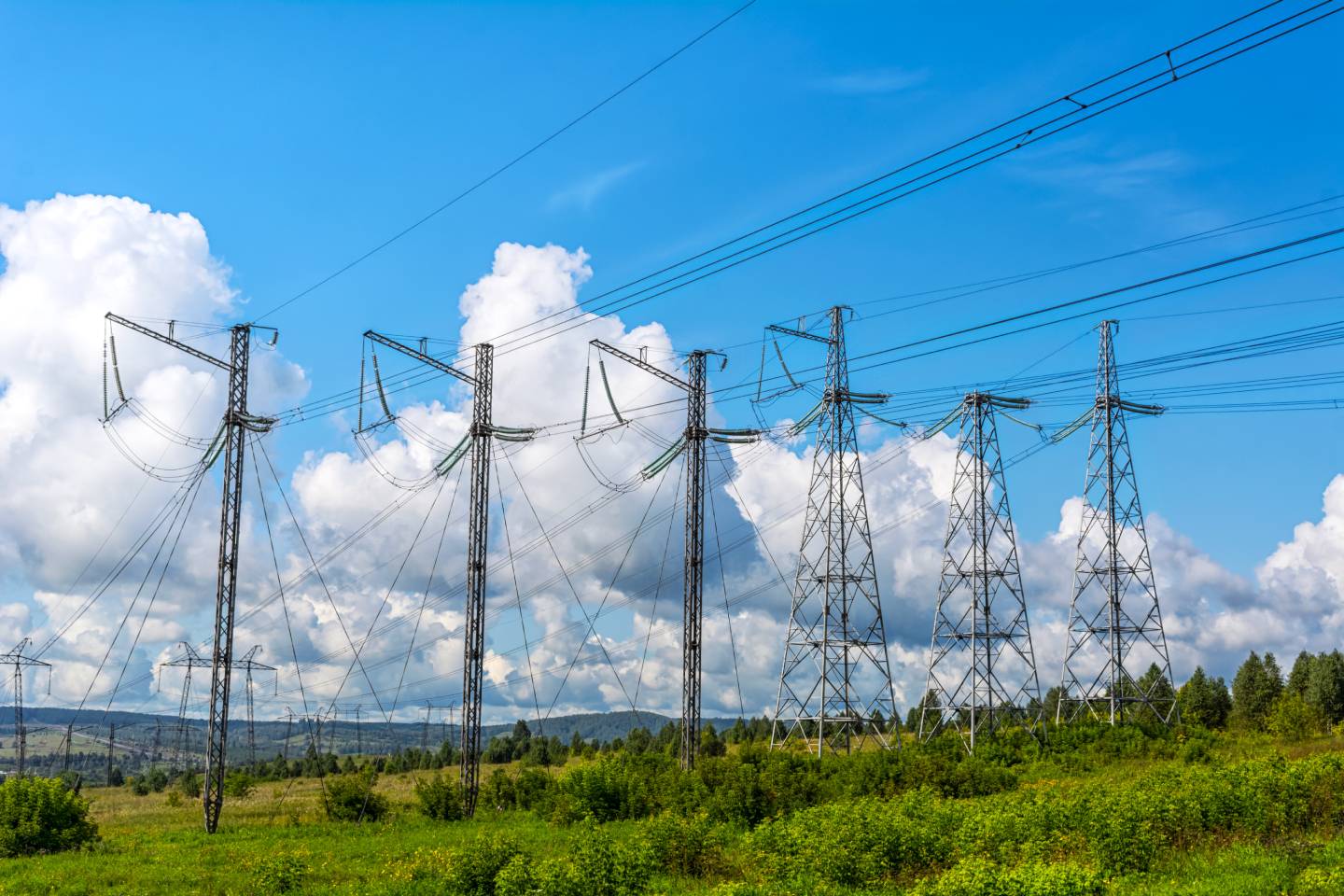CEBA Welcomes Southwest Power Pool’s Day-Ahead Energy Market Proposal

Expanded Markets Will Help Meet Growing Electricity Demand and Bring Cost Savings
The Clean Energy Buyers Association (CEBA) today applauded the Southwest Power Pool (SPP) Board of Directors’ vote to request Federal Energy Regulatory Commission (FERC) approval of a tariff to enable SPP to begin offering its Markets+ Western day-ahead electricity market and related services.
“Well designed day-ahead market services will help meet growing electricity demand and maximize transmission efficiency and clean energy use throughout the region, bringing cost savings for customers across the West,” said Heidi Ratz, CEBA’s deputy director of market and policy innovation for the West.
Markets+ would improve market efficiency through centralized day-ahead and real-time unit commitment and better integration of renewable generation resources. SPP began work to develop the Markets+ tariff last year, and 38 Western entities participated in the process. CEBA joined the Market Participant Executive Committee and working group process to help shape the terms and conditions that will govern the administration of Markets+.
CEBA, through its role in the executive committee, advocated for energy customer interests including market design features that would support corporate and institutional energy customers’ transactions in Markets+. Those desired features include the availability of virtual bidding, which can increase price efficiency while closing the gap between day-ahead and real time prices.
Another Western market option is the California Independent System Operator’s (CAISO’s) Extended Day-Ahead Market (EDAM). FERC in December 2023 largely approved CAISO’s proposed rules for the market, and CAISO aims to launch its regional day-ahead market in 2026. A 2022 Energy Strategies study conducted for CAISO found that a Western day-ahead market could save the region up to $1.2 billion a year from operational and capacity efficiencies while increasing renewable energy output by more than 1,800 gigawatt hours.
